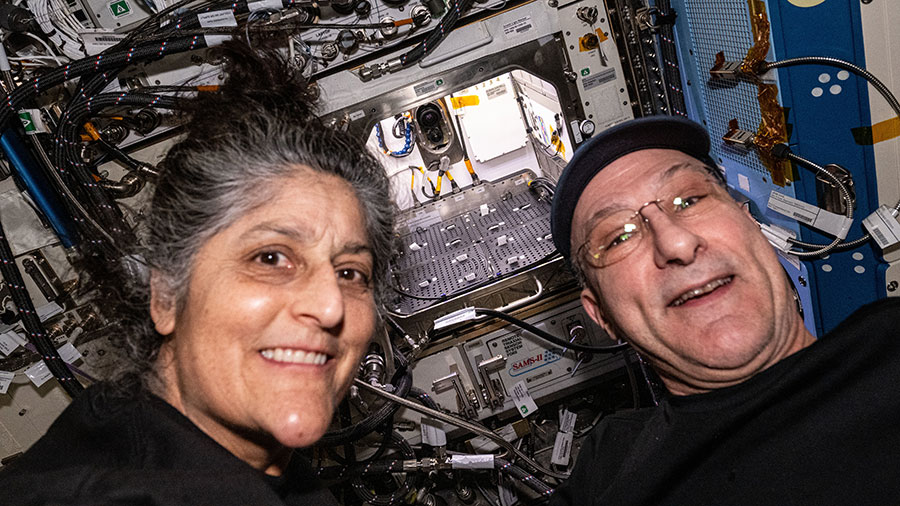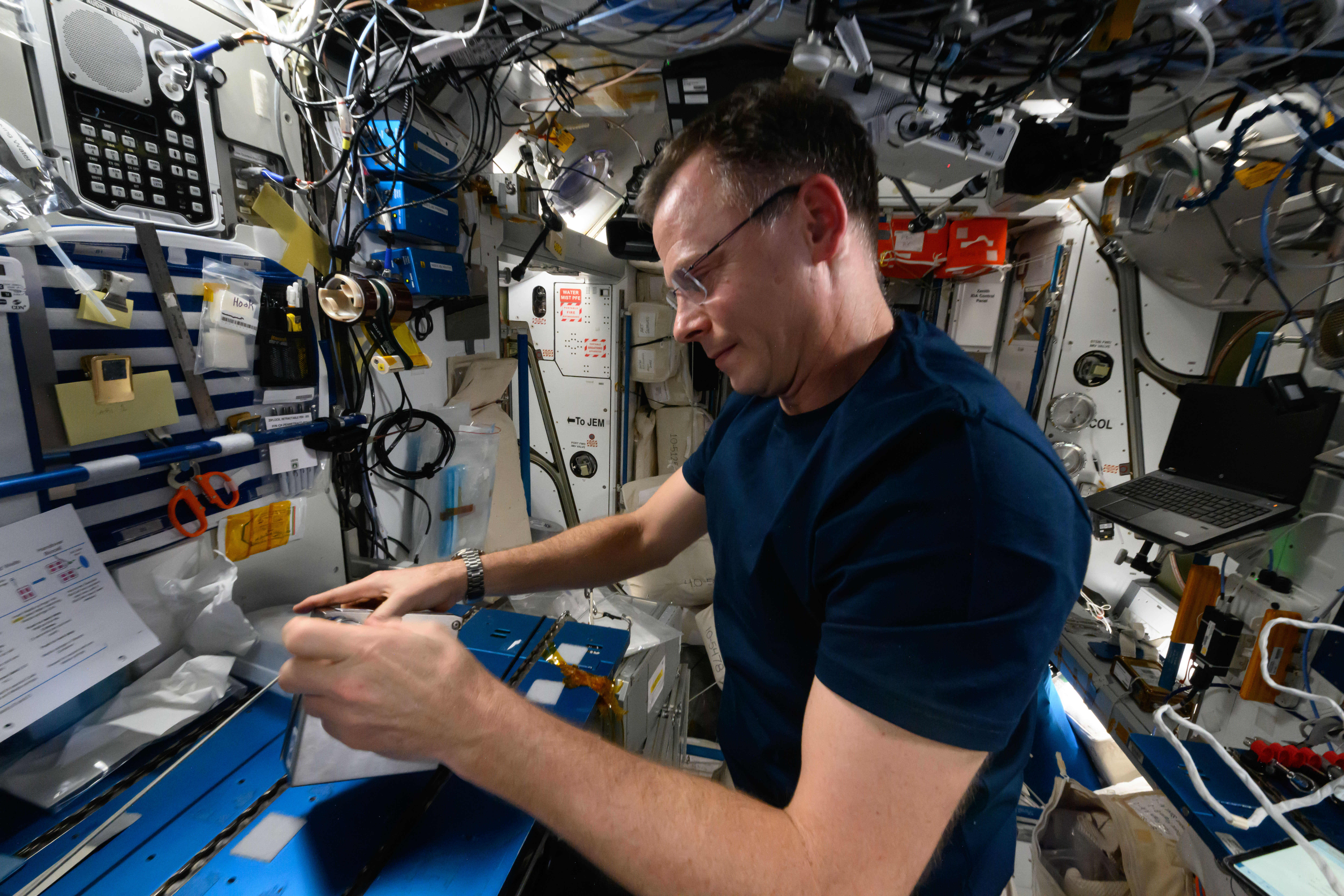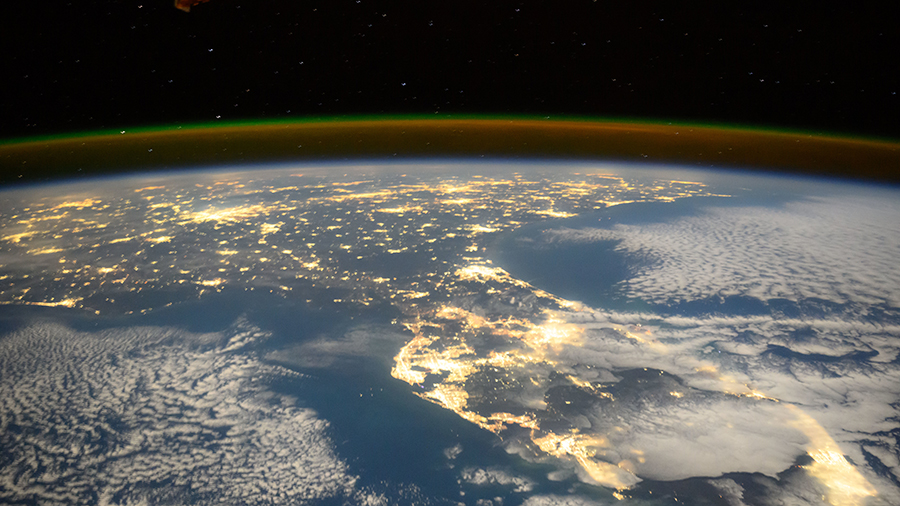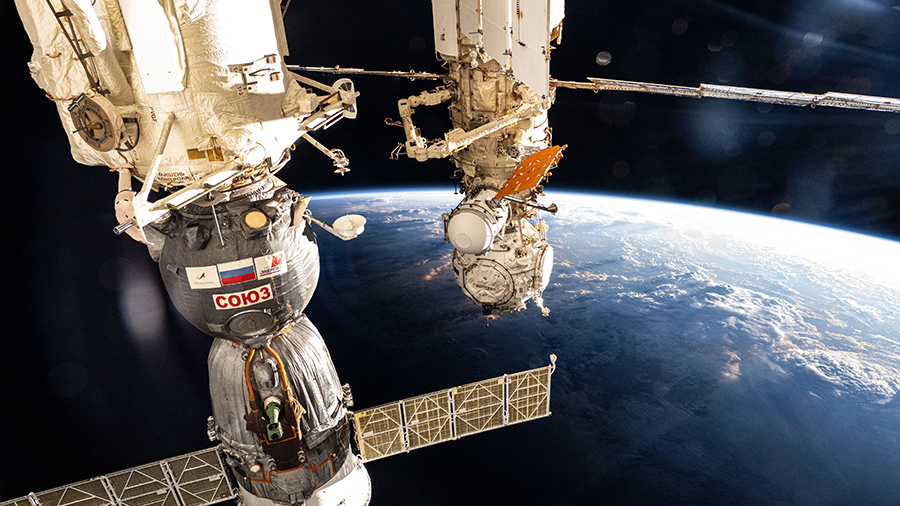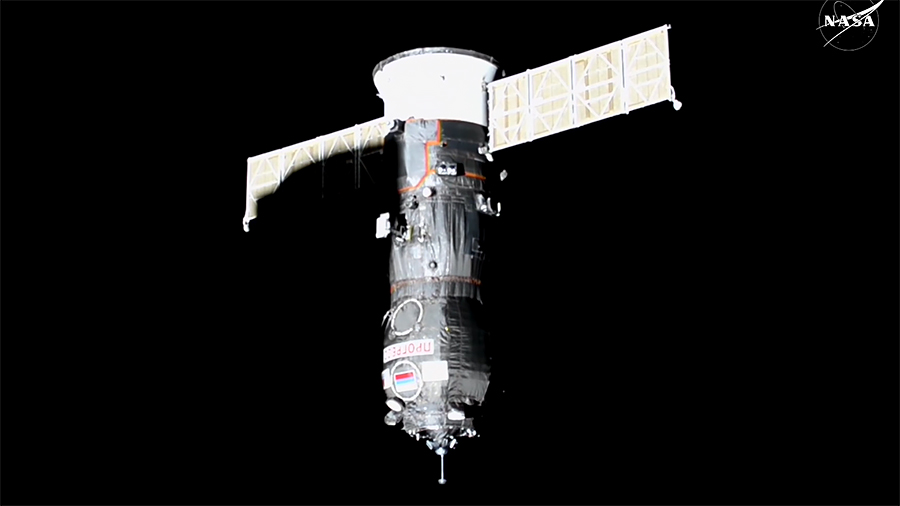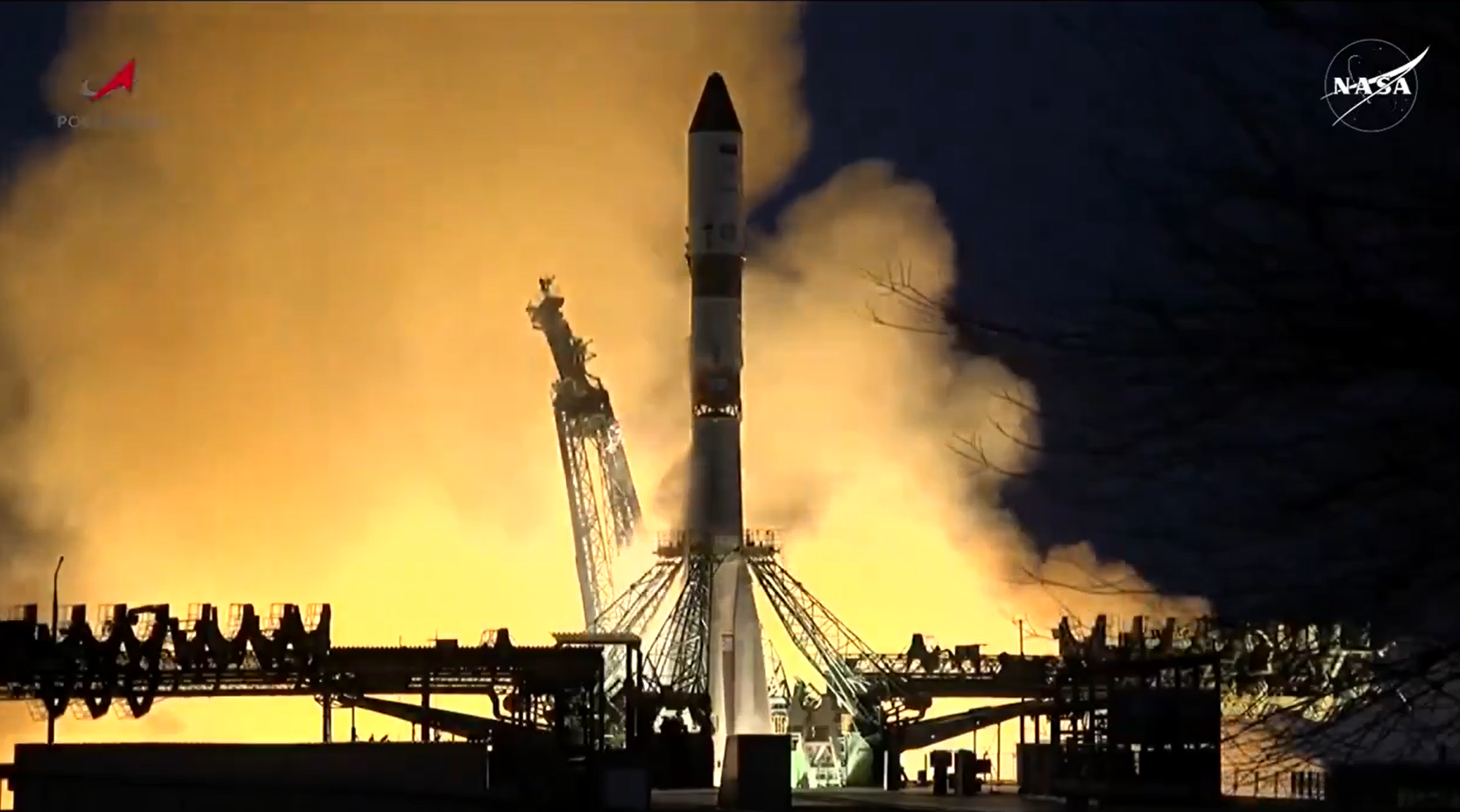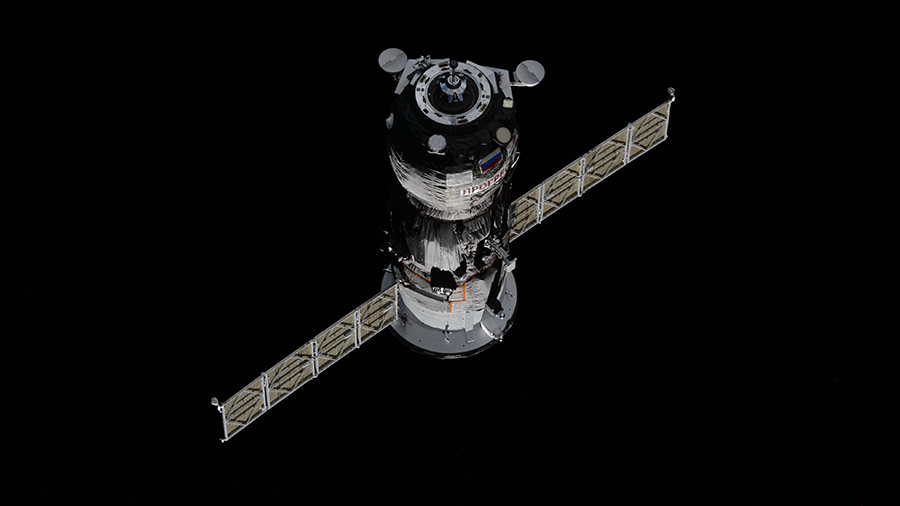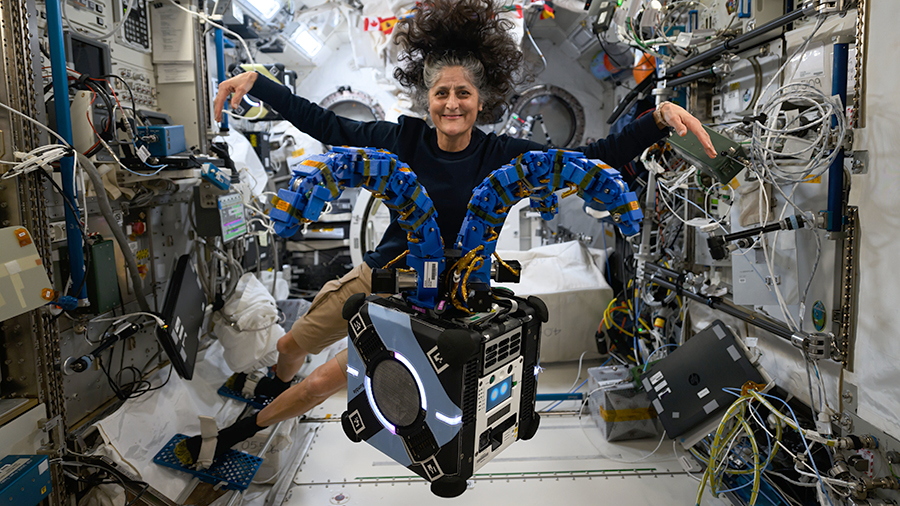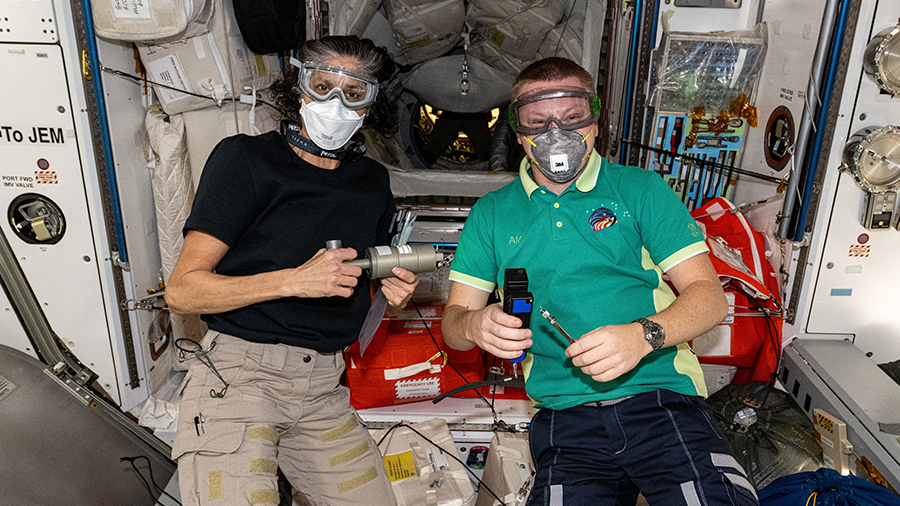
The Expedition 72 crew is packing up finalized science experiments this week for return to Earth aboard the SpaceX Dragon cargo spacecraft. The International Space Station residents also studied antibiotic resistant bacteria and set up space botany hardware.
Station Commander Suni Williams and Flight Engineer Don Pettit, both from NASA, kicked off their day transferring research samples from station science freezers into portable POLAR freezers that will soon be installed inside the departing Dragon. Williams then joined NASA Flight Engineer Nick Hague loading and strapping down more cargo inside Dragon for retrieval and analysis on Earth.
Dragon is scheduled to undock from the Harmony module’s forward port at 11:05 a.m. EST on Thursday for a splashdown off the coast of Florida the following day. NASA’s live coverage of undocking and departure begins at 10:50 a.m. EST on NASA+. Learn how to watch NASA content through a variety of platforms, including social media.
Pettit later spent the rest of his shift with NASA Flight Engineer Butch Wilmore processing bacteria samples in the Kibo and Harmony modules to understand why some pathogens are more potent in the microgravity environment. The duo was using genetic analysis techniques to identify the antibiotic resistant organisms and help researchers protect crew health on long-term space missions. Those samples will also be collected and packed inside Dragon this week for return and analysis back on Earth.
Williams set up research components inside the Advanced Plant Habitat to support an upcoming experiment to understand how different water levels affect plant growth in space and the microbes that live on plants. Results may lead to improved methods for growing food on Earth and in space. Hague began installing a small satellite deployer on Kibo’s multipurpose experiment platform that will soon be placed into the vacuum of space to release a series of CubeSats.
Working in the Roscosmos segment of the space station, Flight Engineer Aleksandr Gorbunov used different wavelengths to image natural and human-caused conditions on Earth then jogged on a treadmill for a fitness evaluation. His fellow cosmonauts Alexey Ovchinin and Ivan Vagner spent their day monitoring carbon dioxide levels and servicing the atmospheric purification system in the orbital lab’s Roscosmos segment among other life support tasks.
Learn more about station activities by following the space station blog, @space_station and @ISS_Research on X, as well as the ISS Facebook and ISS Instagram accounts.
Get the latest from NASA delivered every week. Subscribe here: www.nasa.gov/subscribe

